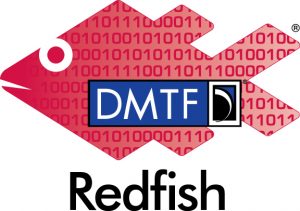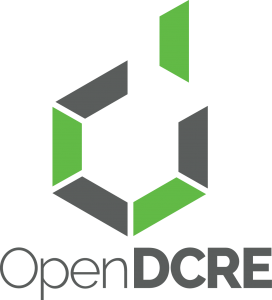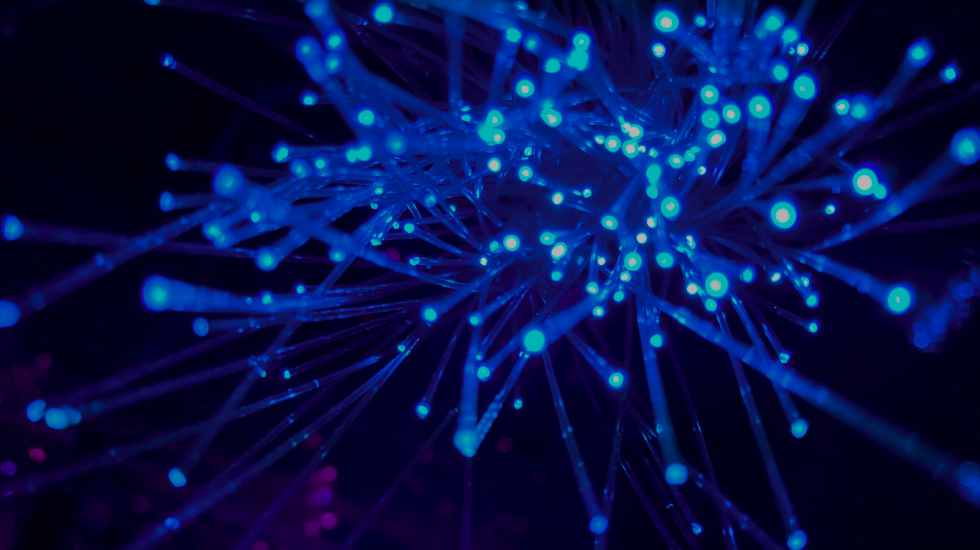At Vapor IO, we’re passionate about building tools that help automate data center infrastructure, which is why we built OpenDCRE (Open Data Center Runtime Environment). OpenDCRE provides a securable RESTful API for monitoring and controlling data center and IT equipment, including reading sensors and server power control via power line communications (PLC) over a DC bus bar, via IPMI over LAN, and, as of version 1.3, via Redfish over LAN. It is designed to operate in both highly-centralized locations, such as today’s large web-scale datacenters, as well as in “lights out” edge locations, such as at the base of cell towers
As public and private clouds grow in complexity and expand into more locations, including highly remote “lights out” edge locations, operators are demanding ways to unify and automate the management of their increasingly diverse data center assets. Modern organizations are applying devops-like principles to physical infrastructure, and OpenDCRE helps operators with this task. OpenDCRE allows operators to build “scriptable infrastructure” and deploy “infrastructure as code” across all of their locations. With OpenDCRE, operators can build applications that monitor infrastructure and and make continuous adjustments in real time, with little or no human interaction.
Today we’re announcing OpenDCRE version 1.3, which includes a number of improvements, the most notable of which is beta support for DMTF Redfish, an emerging standard for managing servers at scale. Operators use OpenDCRE alone or in combination with Vapor IO’s commercial products—Vapor Chamber, Vapor CORE and Vapor Compass—to programmatically monitor and control their data center infrastructure.
Now Supporting Redfish

The Redfish additions to OpenDCRE v1.3 include:
- New integrations for Redfish devices
- A Redfish emulator, which makes it easier to test Redfish integrations.
- Test cases for the emulator as well as standard Redfish configurations for OpenDCRE
What Else is New in v1.3?
Additionally, OpenDCRE version 1.3 includes the following improvements:
- Generalizations to the underlying devicebus model. This makes it easier for Vapor IO and the OpenDCRE community to add support for new protocols and devices moving forward.
- Dispatching from OpenDCRE endpoints to the new underlying devicebus model.
- Improvements to the OpenDCRE configuration mechanism, which now supports default and override configurations.
- Support for OpenStack’s pyghmi IPMI back-end, which replaces the custom C back-end in earlier versions of OpenDCRE. This will make it easier for OpenDCRE to provide robust IPMI support, benefitting from the OpenStack community’s momentum.
- Various bug fixes and performance fixes.
- Improvements to code organization, formatting, and documentation.
- Dockerfile optimizations, making for more efficient pulls from DockerHub or other contain repositories.
- Additional test cases added and existing test cases expanded.
OpenDCRE is Catching On
OpenDCRE is 100% open source and is available via a free GPL v2 license. It can be used with a virtually unlimited numbers of clusters, servers, and data centers—centralized, regional and edge—giving operators a uniform set of endpoints to monitor and manage all of their data center assets.

OpenDCRE is not only cost effective, but it is completely flexible and extensible. It has a generalized device interface that can be extended to easily support new standards and devices of all kinds (not just servers). It also has a one-to-many relationship with devices, meaning a single controller can efficiently connect to and manage multiple devices.
Special Thanks to Our Contributors
A number of people played key roles in delivering the OpenDCRE version 1.3 release, including two interns from Bennington College (Morgan MIlls and Linh Hoang) who wrote nearly all of the support for Redfish.
Here is the full list of OpenDCRE v1.3 contributors:
- Andrew Cencini, Vapor IO
- Erick Daniszewski, Vapor IO
- Matthew Hink, Vapor IO
- Klemente Gilbert-Espada, Vapor IO
- Kyler Burke, Vapor IO
- Morgan Mills, Vapor IO / Bennington College
- Linh Hoang, Vapor IO / Bennington College

